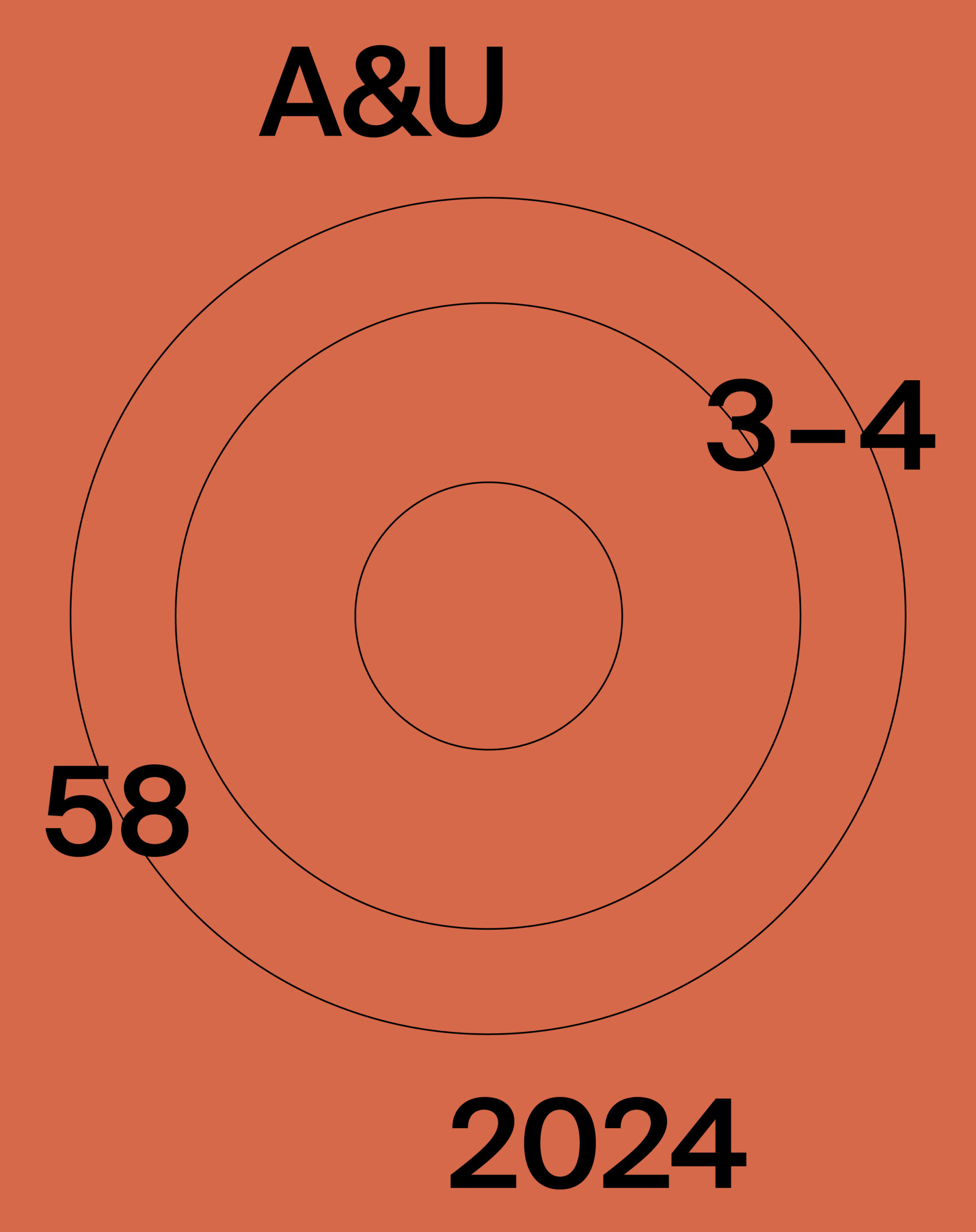The development of information technologies and the digitalisation of architectonic tools has radically changed both architectural practice and architectural research. Currently, it is difficult even to cite an area of human activity where computer technology lacks a significant role, and architectural design is hardly an exception. Computers shape all stages of architectural creation, from design through optimization up to production. The development of computer technologies in architectural design is manifested in two main tendencies, these being the digitalisation of the design tools and the digitalisation of the design processes. Yet these tendencies are connected, so much so that they can only be observed in their mutual relations. And, as in many other fields, a change is underway in architecture’s approach: there is discussion about open systems, soft systems, generative processes and bottom-up methods. The transition from reductionism to a view of the world as an open dynamic system has changed architectural thinking. Though computational tools have been in use in architectural practice for almost half a century and have formed an essential component of most architectural studios during the past two decades, the absence of a clear and coherent theory of digital architecture complicates our view of its various branches and any clear definition of its concepts. Concepts such as parametric designing, generative design, or computational design have a distinct lack of clarity in their relations and hierarchies. In the professional literature, there exists a difference between “computational design” and “computerised design”, or conversely even “computer-aided design”. The first idea is understood as the process through which specific problems are first conceived as abstract data and their mutual relations are depicted in the form of logical and mathematical formulae. A concrete architectural problem is replaced by an abstract model, and various solutions are simulated and evaluated. As such, it primarily concerns the digitalisation of the design process itself. The second concept is used in the case of using digital tools that make use of the calculating power of information technology to compile and organise information already known. Yet these two forms are not opposites, but indeed complementary phenomena. For a better understanding of the mutual relation between digital processes and digital tools, it is necessary to state their context within the wider scheme of architectural practice, theory and technology. The first graphic systems for computational design appeared in the 1960s. Originally, their ambition was to imitate earlier programs used for structural calculations and use them for addressing more purely design-oriented problems. …

This work is licensed under a Creative Commons Attribution 4.0 International License


